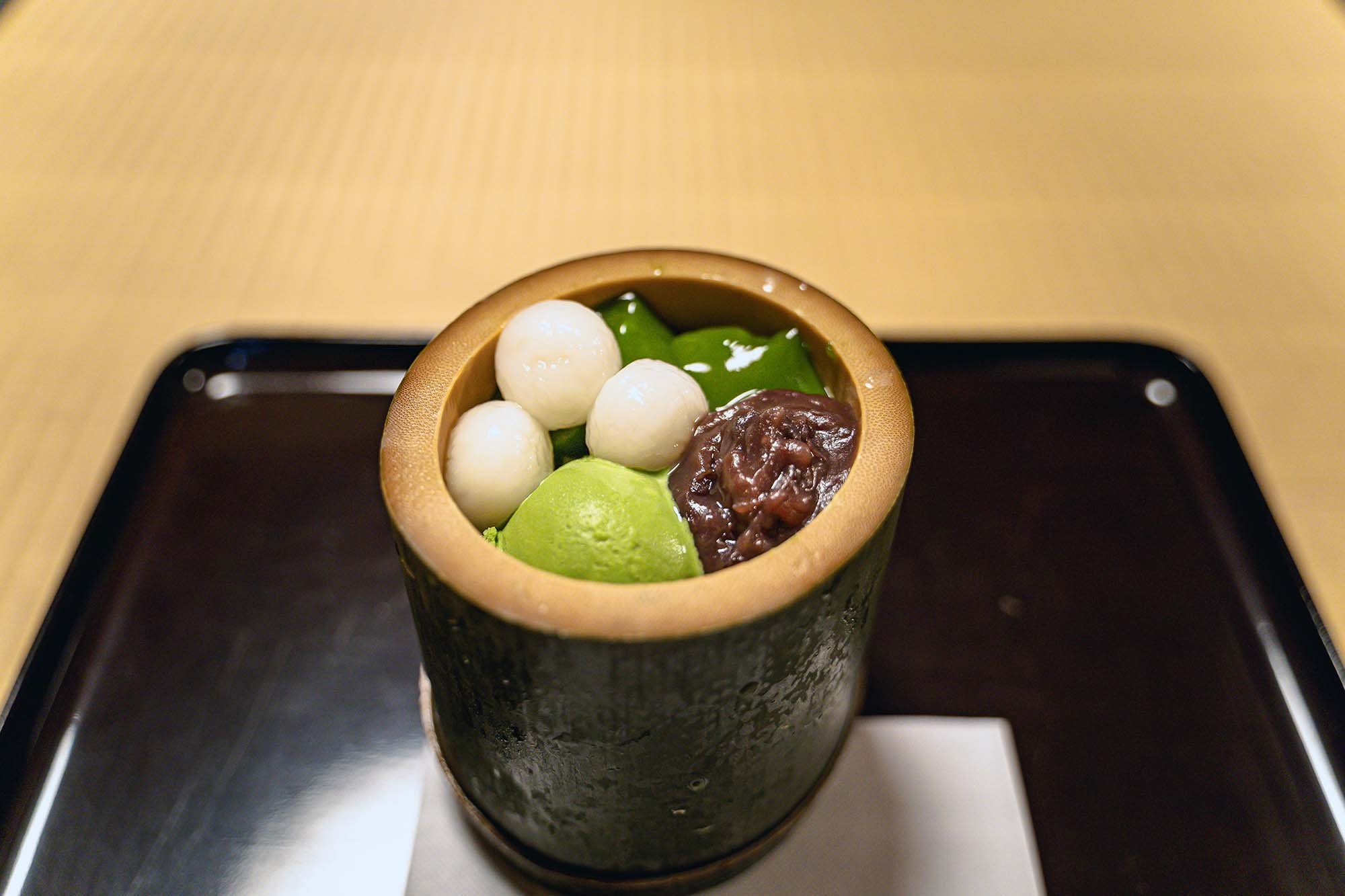Kyoto: The Food Tour
After several visits to Kyoto and seeking out authentic Kyoto foods, here’s where I recommend.
Seoul, Korea: The Food Tour
Seoul food and drink recommendations after visiting the city multiple times.
Best Poke Spots in Honolulu
Poke at its origin - these are some Honolulu poke spots that you can’t go wrong with.
Fukuoka: Hakata Ramen Favorites
Here are my favorite authentic Hakata ramen spots after living in the area for five years.
Vintage Cave Club: An Outstanding Dining Experience
A French-Japonais dining experience at one of Hawaii’s most exclusive restaurants.




